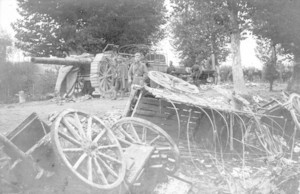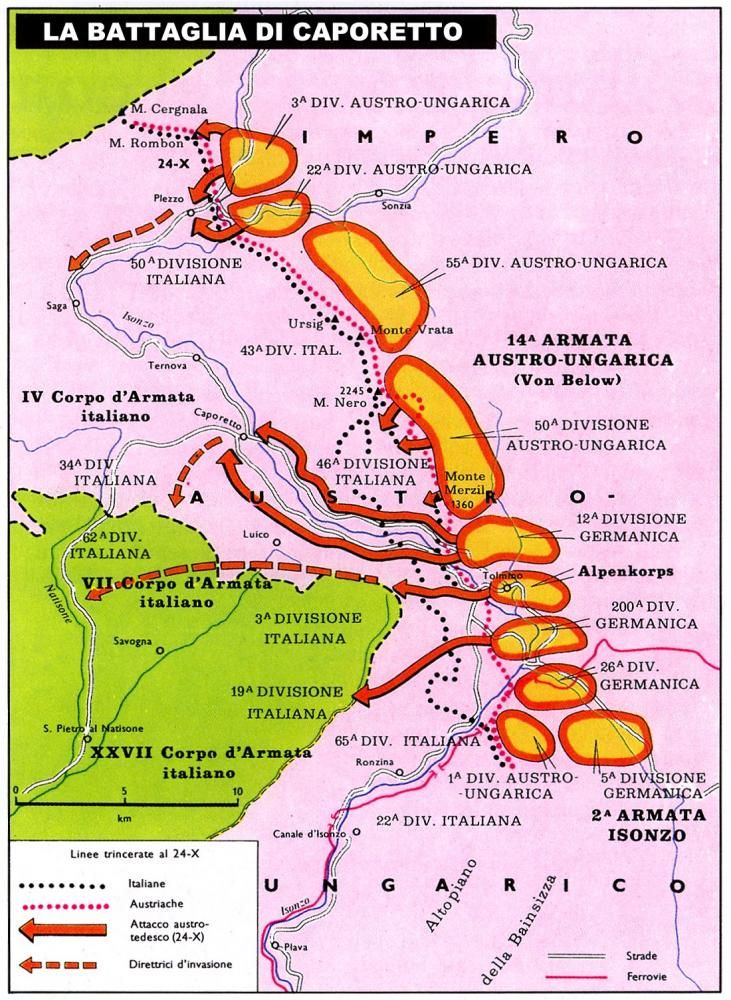

This is no place to consider these claims but it is worth noting that both areas were allotted to the countries concerned after 1918. Italy sought the Südtirol where many Italian speaking people had their homes, and Romania wanted Transylvania where many Romanian speaking people lived. In fact both Italy and Romania held hopes of detaching parts of the Monarchy to themselves.

By 1914 the Monarchy was allied to the German Empire and the Kingdom of Italy in the Triple Alliance and also to the Kingdom of Romania. To help the reader follow the happenings that affected Austria-Hungary in the years 1866 to 1914, Appendix A to this chapter has been designed. And its foreign policy, from which came the war of 1914, was based on principles that stem from the quotation at the head of this chapter. As Frantisek Palacký wrote in 1848, the year of revolutions, 'If there were no Austria, it would be necessary to create one!'. The state of Austria-Hungary was in effect a small-scale United Europe held together by the super-structure of the Monarchy. He was also an Archduke, twice a Grand Duke, once a Duke - as well as many other things. for the titles in the Austrian part of the Monarchy. Apostolische Majestät Franz Josef I, and was not only Kaiser von Osterreich und König von Ungarn, but also held the title of king of seven other kingdoms of former times, including Bohemia, Galicia and Lodomeria, Croatia and Slavonia, and Dalmatia. or k.ung.) and in Hungarian - or to give it its proper name, Magyar (pronounced Módjor), it was Magyar királyi (M.kir.). But those of the Hungarian part were, in German, königlich ungarische (k.u. However the central institutions were kaiserlich und königlich (k.u.k.) and those of the Austrian part were kaiserlich königlich (k.k.). It was called Austria-Hungary on paper but spoken of as Austria. For it was a world where everything was prefixed by the letter K. Yet there was no real alternative to it.Ī novelist, Robert Musil, gave it the name of Kakania. The central functions of foreign affairs, defence and finance, each with a Minister appointed by the Monarch, worked on behalf of the whole, although it was a fact that no major foreign policy could be effected without the approval of the Hungarian Prime Minister! In effect there were three bureaucracies and a system that caused infinite delay and inactivity. It had separate Parliaments in each part, and a joint legislature of sorts in Wien consisting of delegates from each Parliament. It was a state that was unique in history! Thus with the Ausgleich, ie the Compromise, the Austro-Hungarian Monarchy was born with the Monarch, Franz Josef I, ruling as Emperor in Austria, as the state other than Hungary was known, and as King in Hungary. Subsequent to that there had to be some form of compromise if Austria and Hungary were to continue under the Habsburg Monarchy as an entity. The Monarchy of 1914 dated from 1866, the Battle of Königgrätz, or Sadowa as it is sometimes known. Most are easily available in the British Isles and are not difficult to read and understand. The reader who wants to know more about this Monarchy should read those. At the back of this book will be found some notes on sources. To attempt more would be beyond the writer, and well beyond these pages. The purpose of this chapter is to offer the collector of Austro-Hungarian military post 1914-18 an introduction to the Austro-Hungarian Monarchy as it existed in 1914. A Slav conformation of the Balkan peninsula under Russian material or moral protection would cut our vital arteries.Īustro-Hungarian Foreign Office Memorandum, August 1884 We cannot allow the completion of the Russian ring from Silesia to Dalmatia. The developments of the past twenty years pushed Austria-Hungary back from her old historic position.


Austro-Hungarian Military Mail 1914-1918 Chapter 1 THE AUSTRO-HUNGARIAN ARMY 1914-18 FOR COLLECTORS OF ITS POSTAL ITEMS


 0 kommentar(er)
0 kommentar(er)
